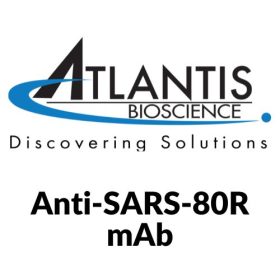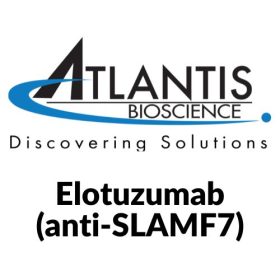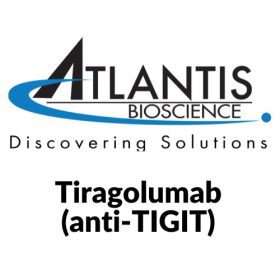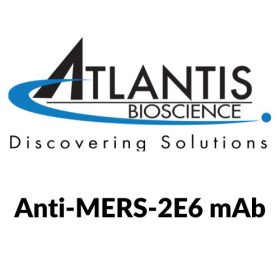Rituximab anti-CD20) is a chimeric anti-CD20 mAb that binds the CD20 antigen on B cells with a binding affinity of 5 nM.
[accordions]
[accordion title= “Cell Research“]
Objective: Complement-mediated cell lysis. Concentrations: 0, 0.02, 0.2, 2, 20 μg/mL. Incubation Time: 2 h. Method: Lymphoma B cells were purified from lymph node biopsies of patients with B-cell lymphoma. Rituximab was added to tumor cells (1×106 /mL) in complete medium supplemented by human serum, inactivated or not by incubation at 56°C for 30 minutes. After 2 hours at 37°C, cell lysis was determined by PI staining of cells and analysis by flow cytometry.
[/accordion]
[accordions]
[accordion title= “Chemical Properties“]
| Molecular Weight | 148 kDa |
| CAS No. | 174722-31-7 |
[/accordion]
[accordions]
[accordion title= “References and Literature“]
1. Du J, et al. Structural basis for recognition of CD20 by therapeutic antibody Rituximab. J Biol Chem. 2007 May 18;282(20).2. George J. et al. Rituximab: mechanism of action.Semin Hematol. 2010 April ; 47(2): 115–123.3. Chow KU, et al. Anti-CD20 antibody (IDEC-C2B8, rituximab) enhances efficacy of cytotoxic drugs on neoplastic lymphocytes in vitro: role of cytokines, complement, and caspases. Haematologica. 2002 Jan;87(1):33-43.4. Schliemann C, et al. Complete eradication of human B-cell lymphoma xenografts using rituximab in combination with the immunocytokine L19-IL2. Blood. 2009 Mar 5;113(10):2275-83.5. Cartron G, et al. Pharmacokinetics of rituximab and its clinical use: thought for the best use Crit Rev Oncol Hematol. 2007 Apr;62(1):43-52.
[/accordion]













